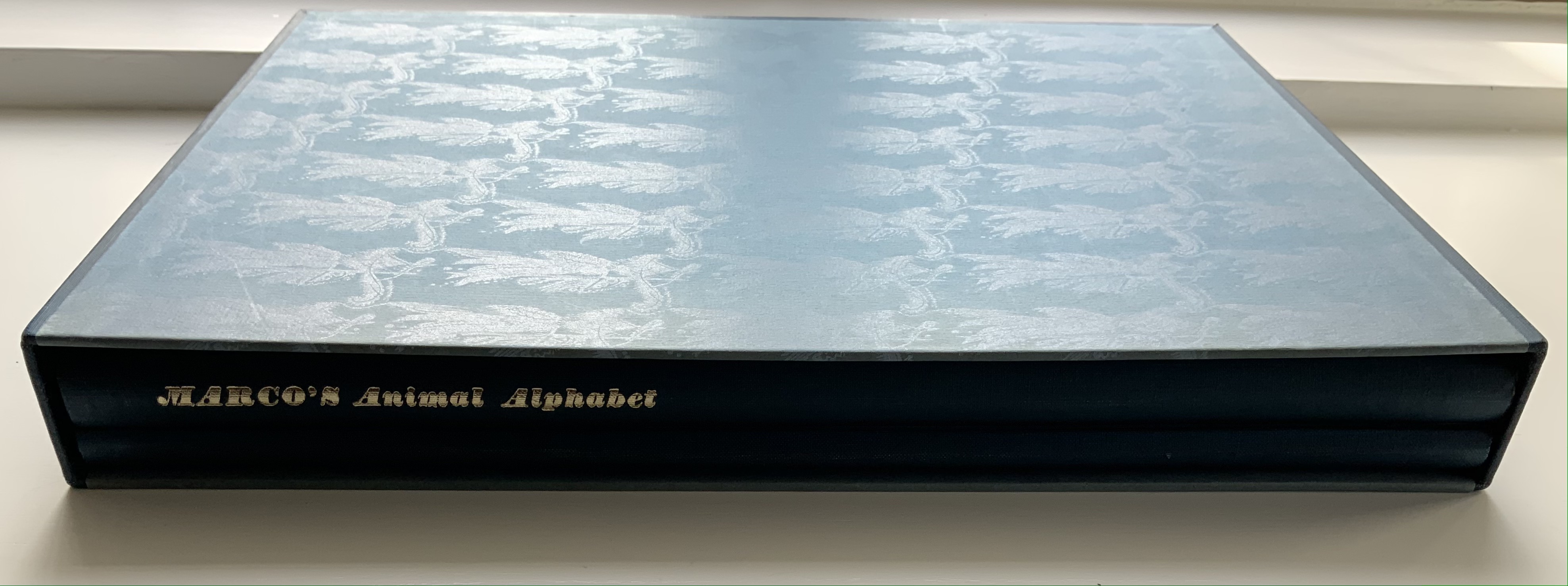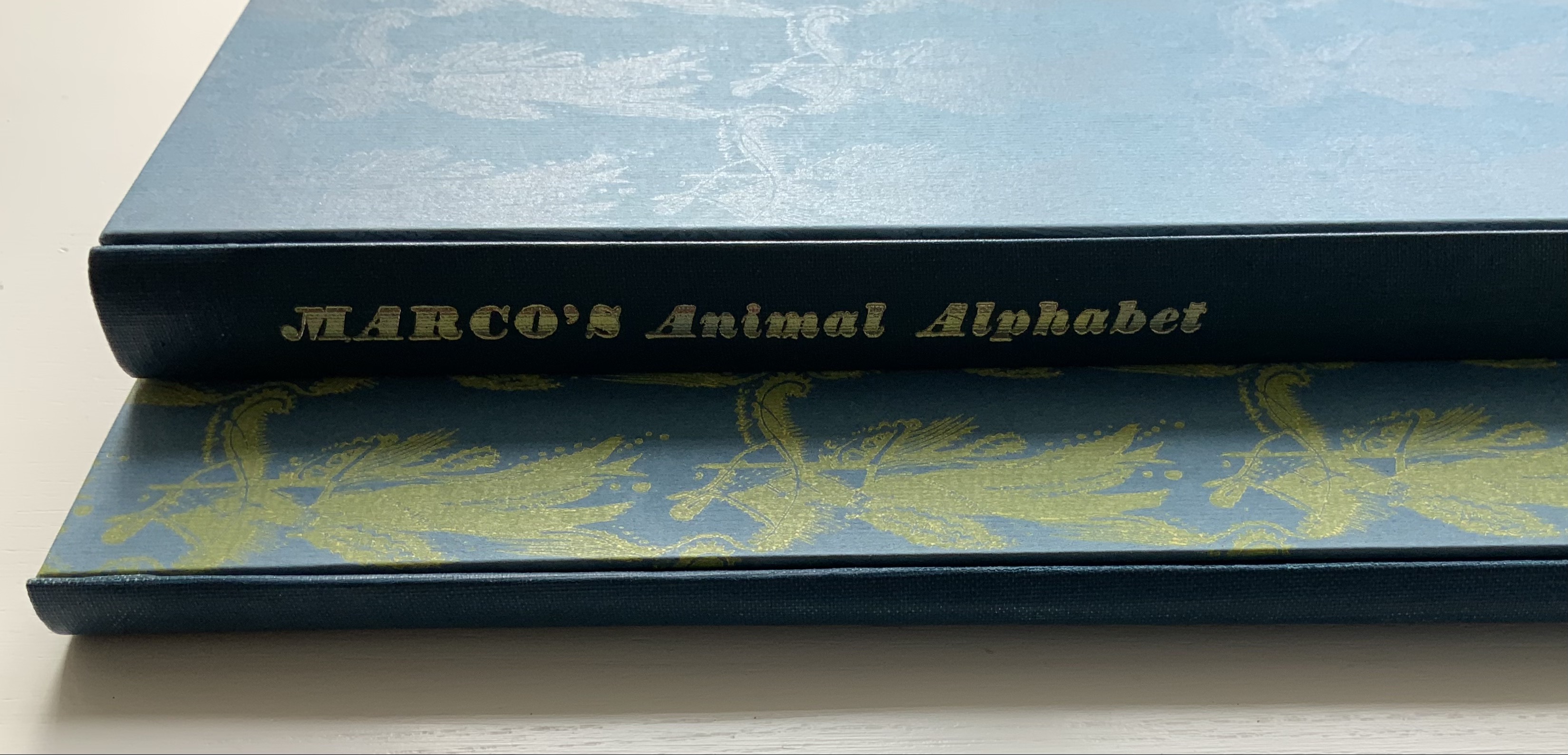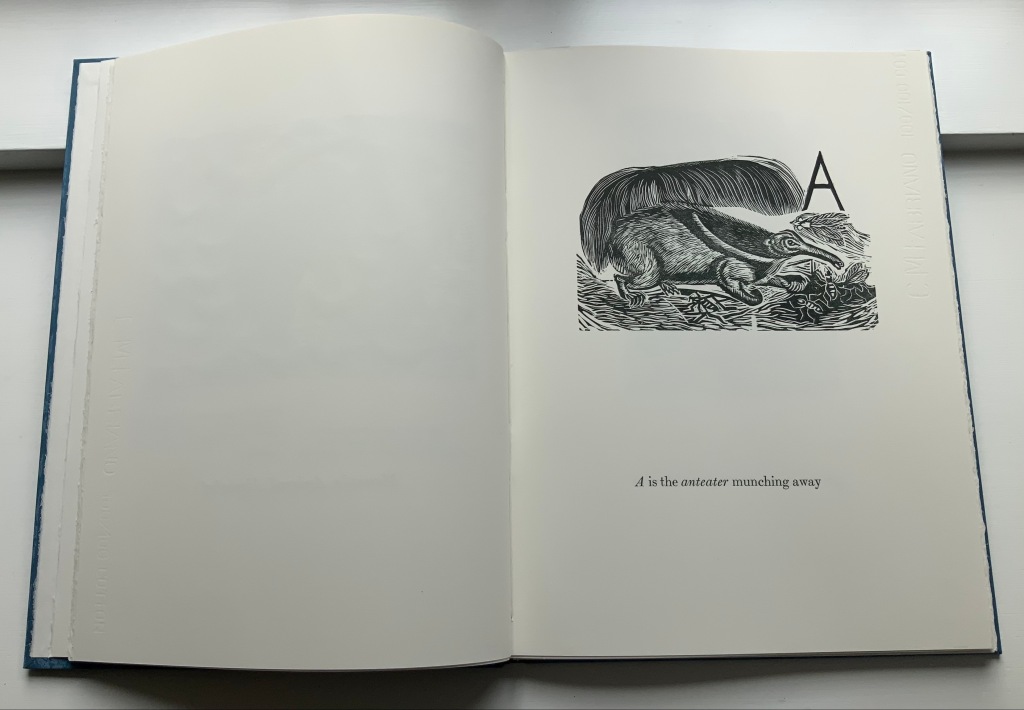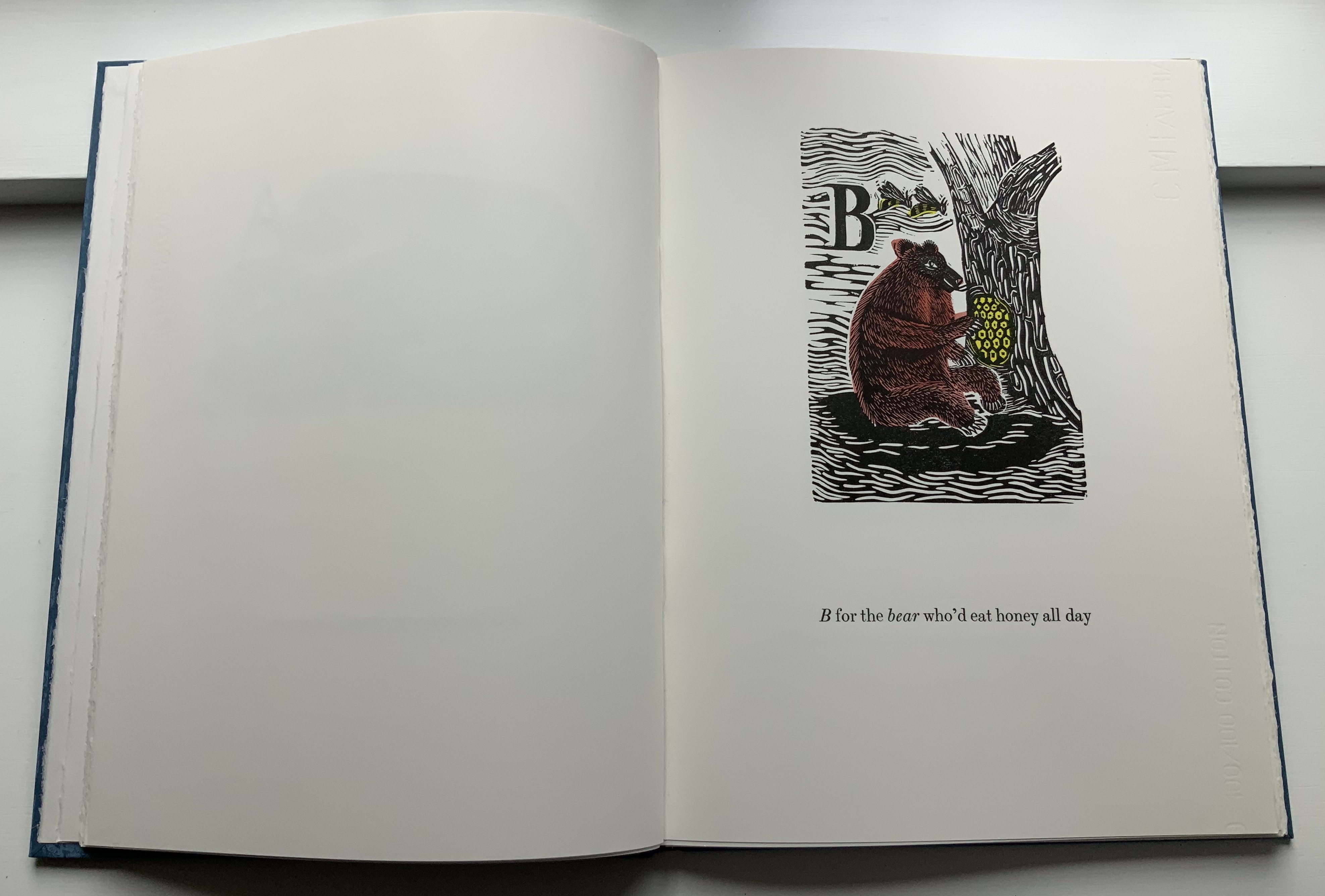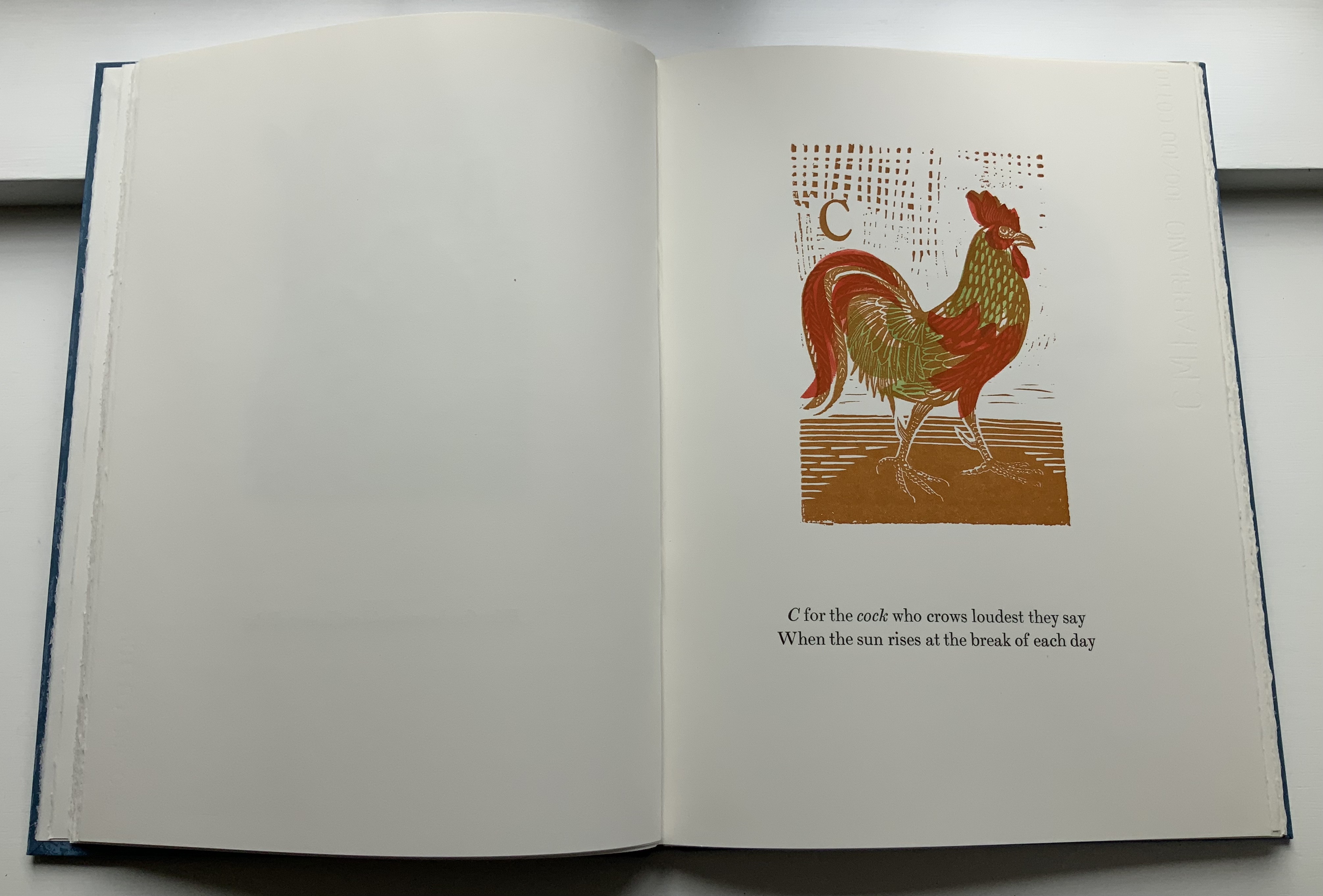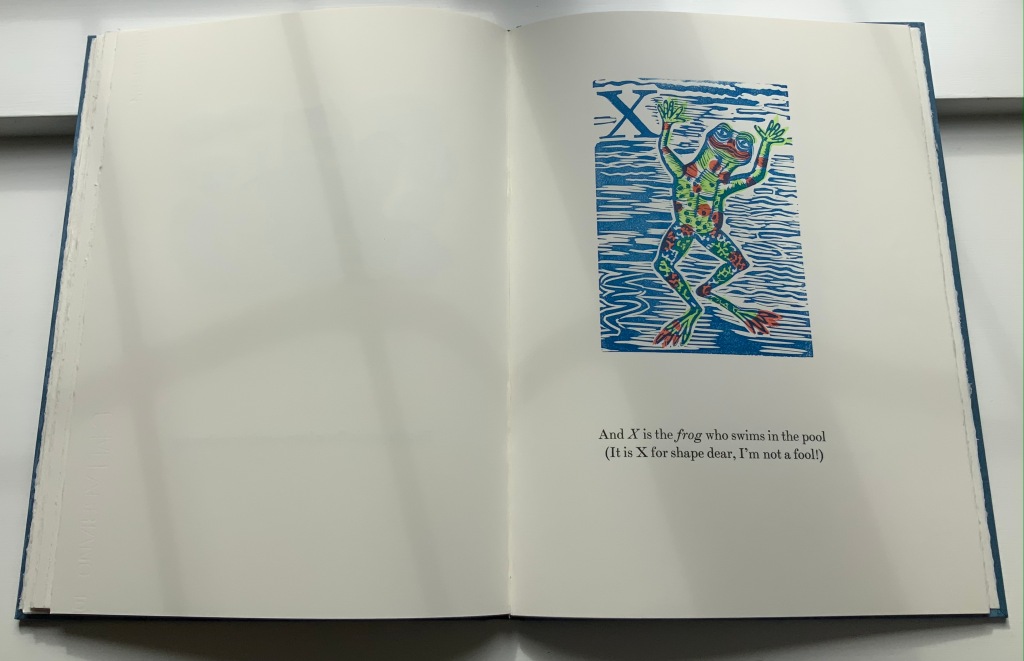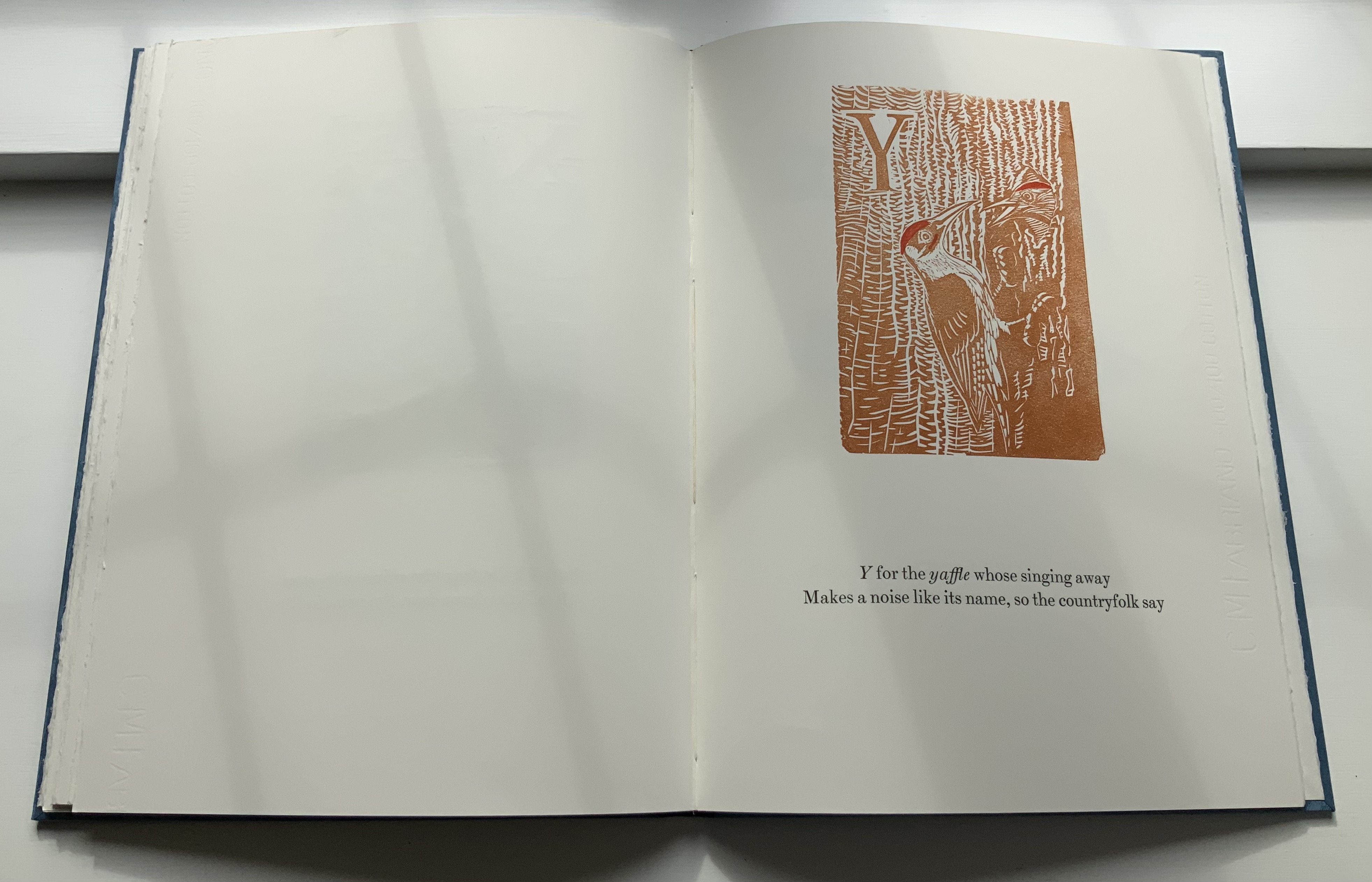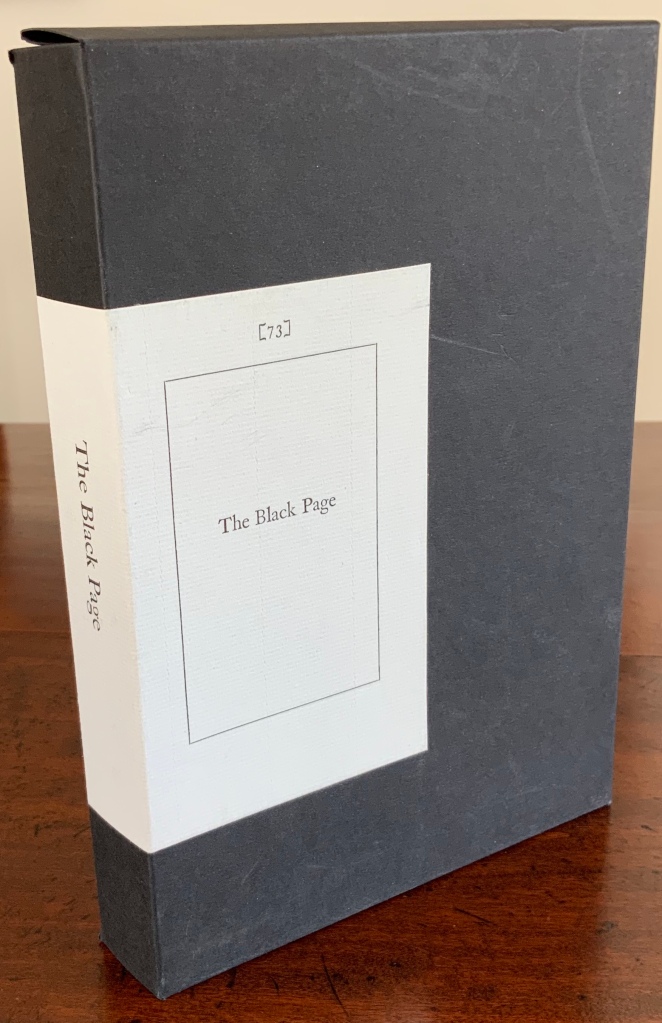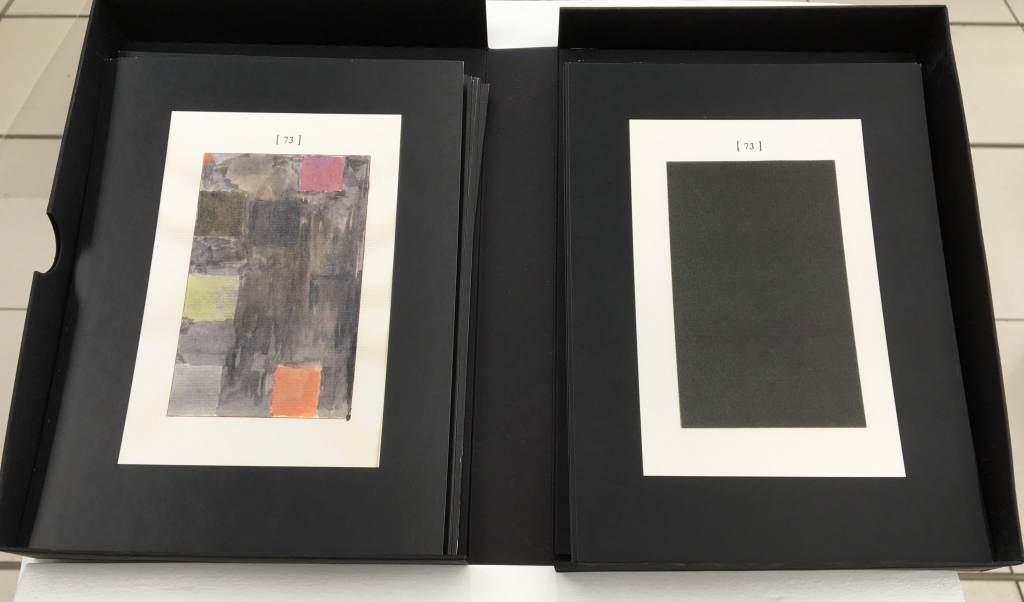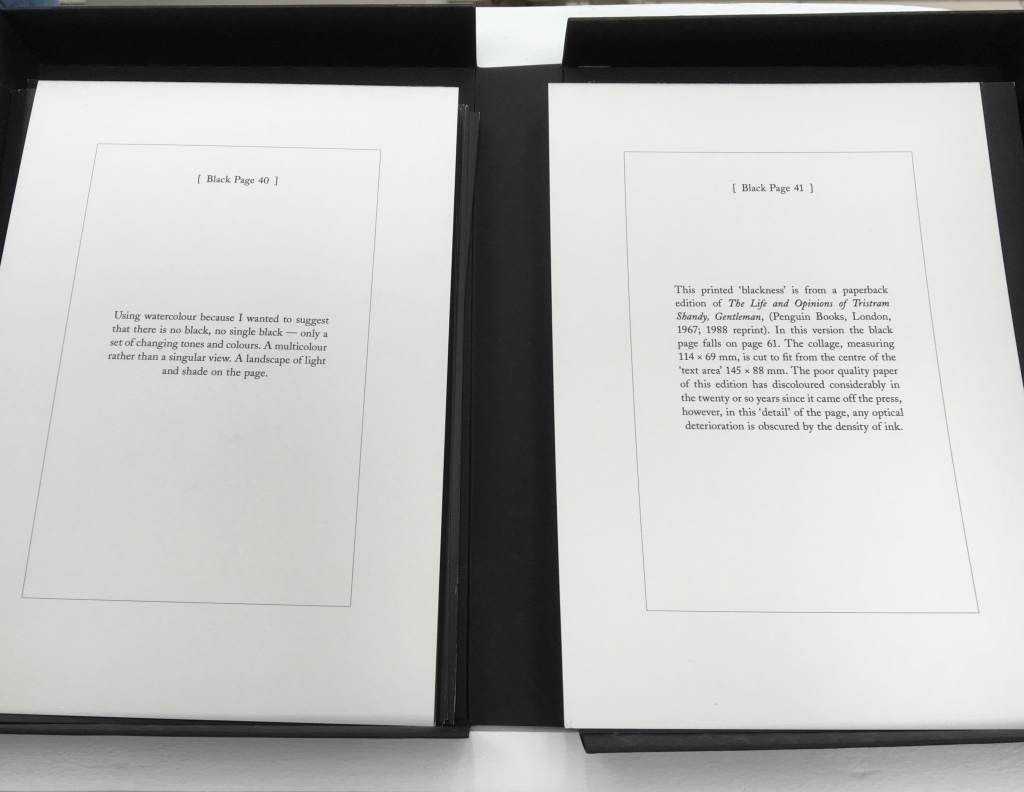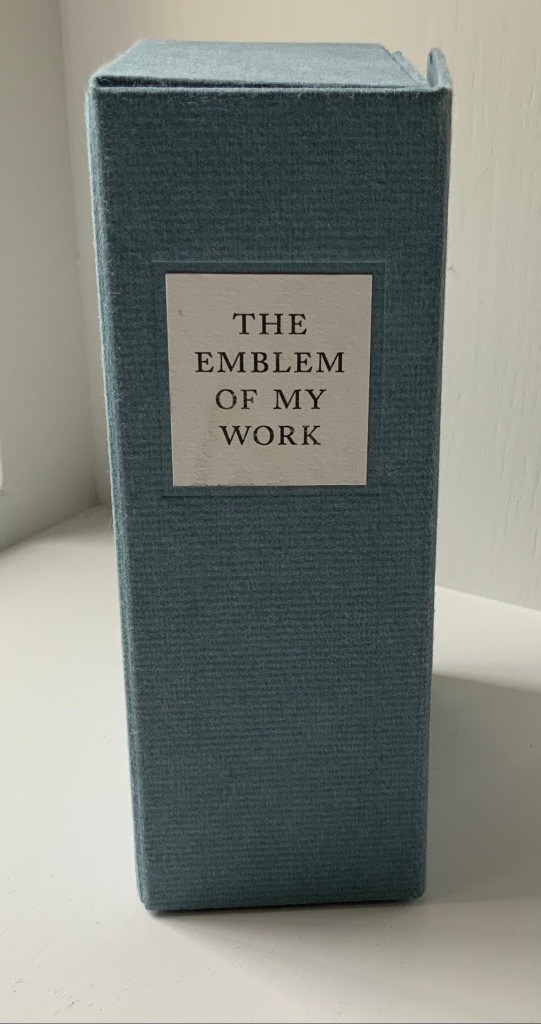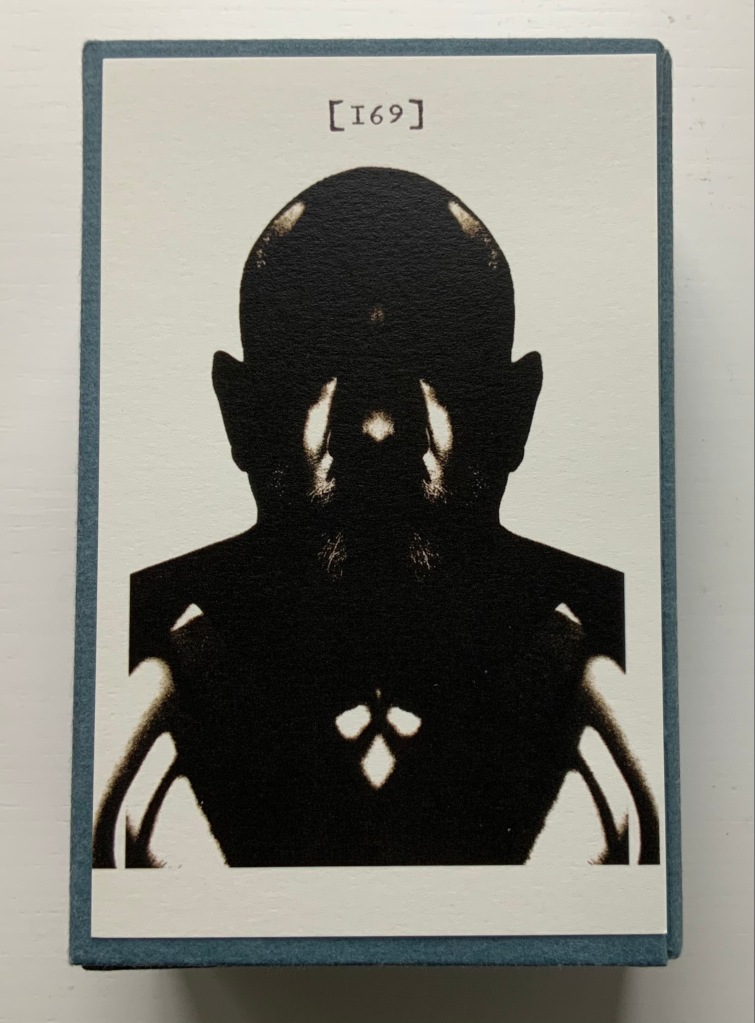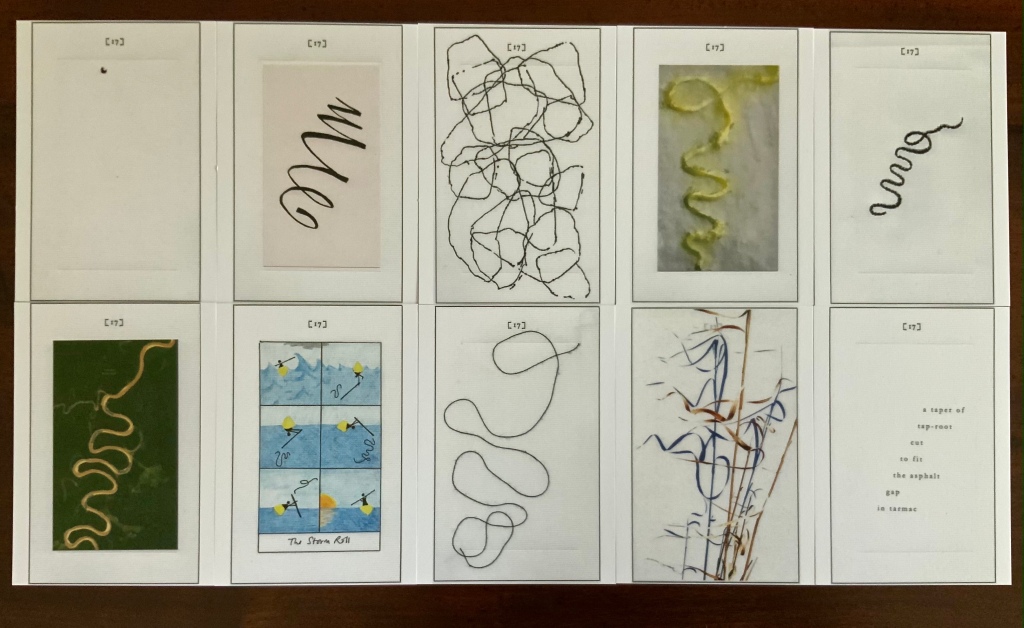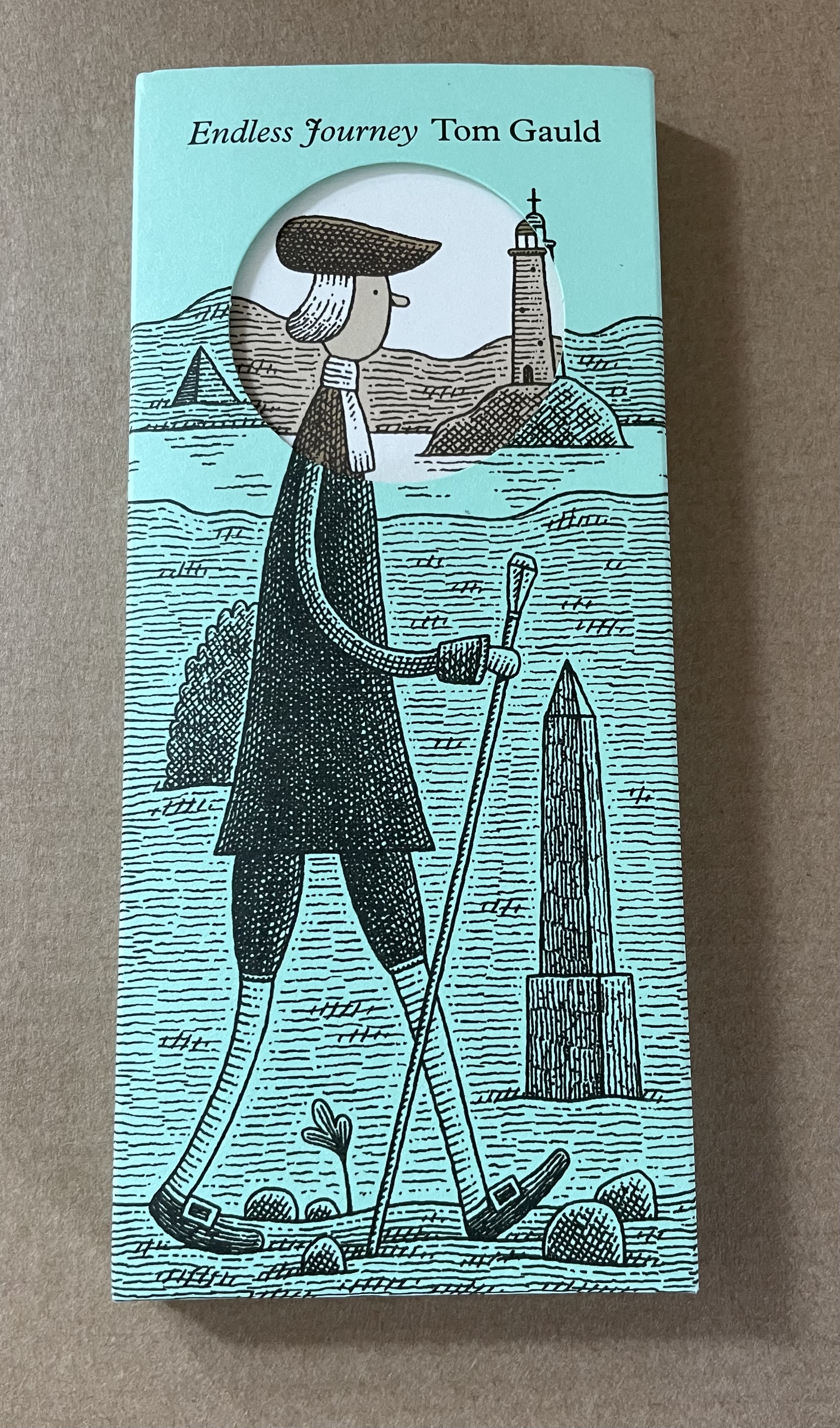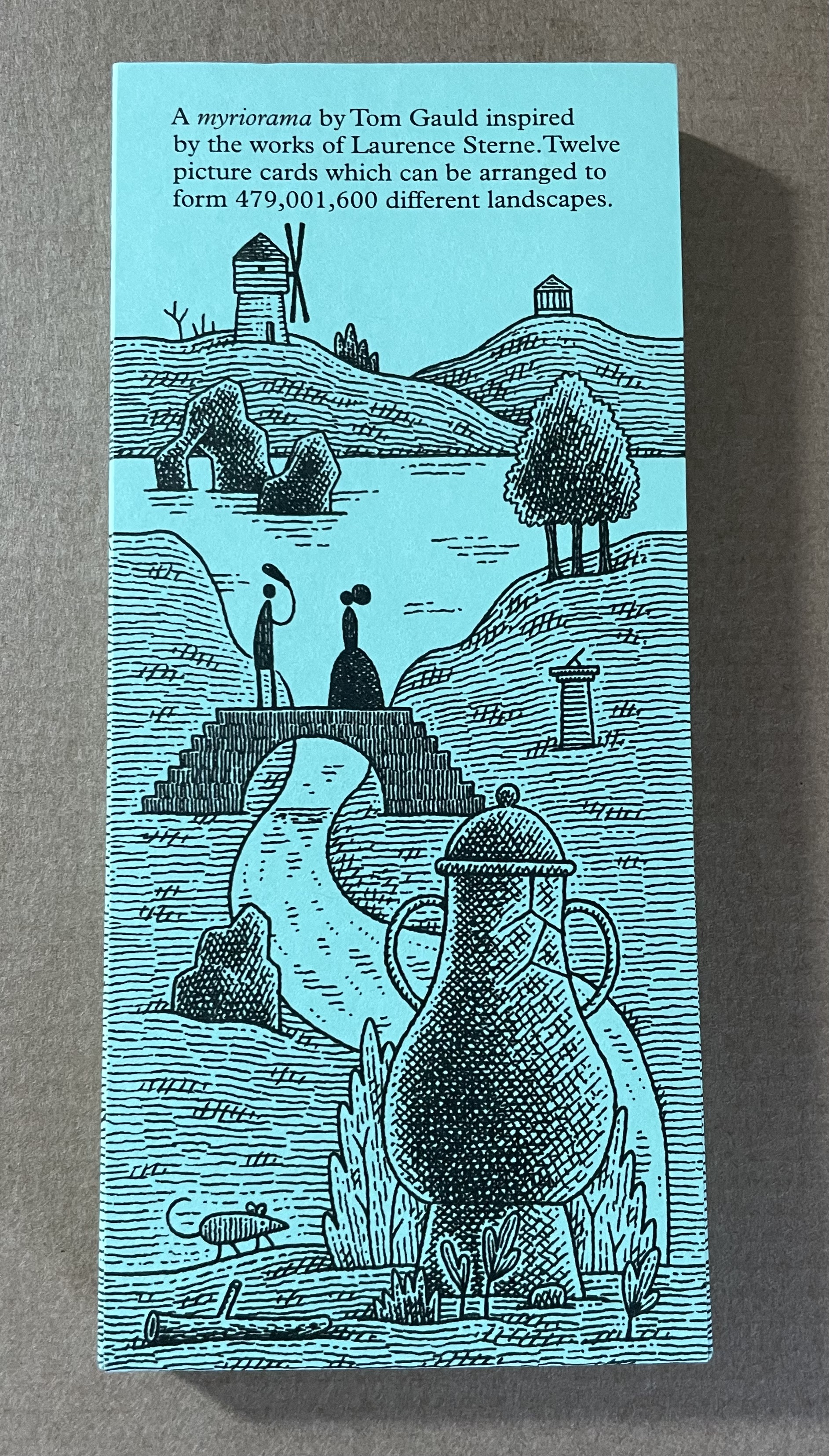The Charm of Magpies (2018)
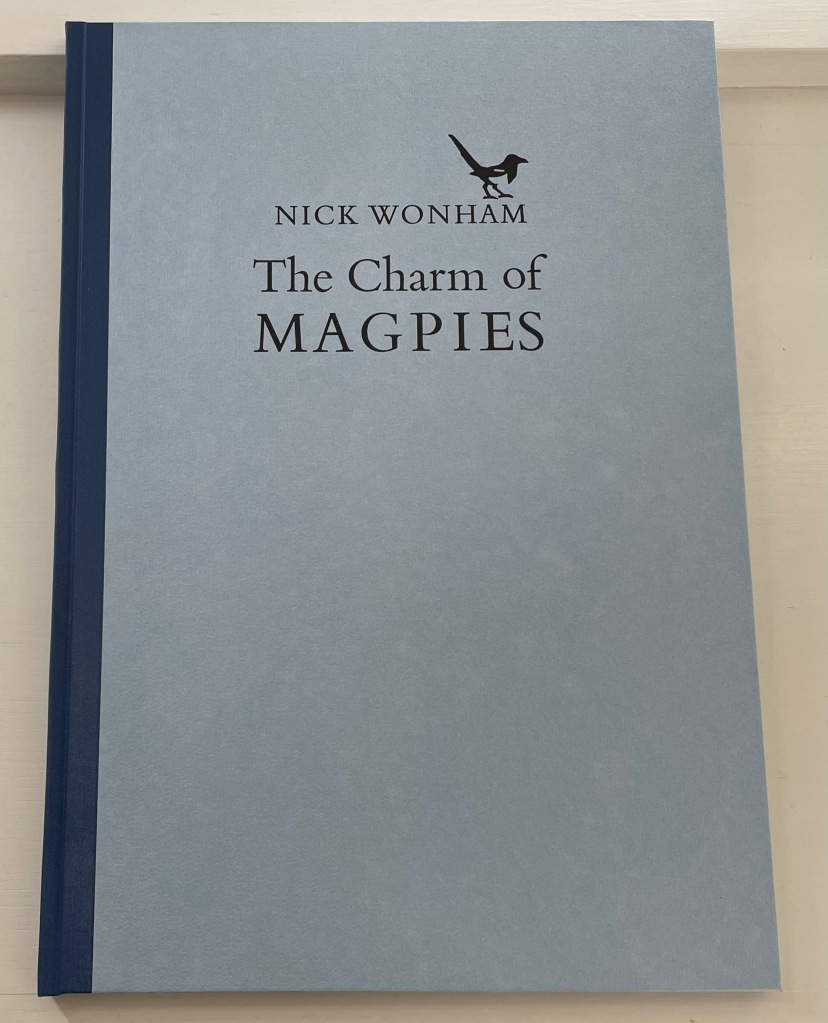
The Charm of Magpies (2018)
Nick Wonham
Casebound, cloth spine and paper over boards with specially printed flyleaves from Roger Grech at his Papercut Bindery. H370 x W260 mm. 27 pages unnumbered. Edition of 160 copies, of which this is #98. Acquired from Incline Press, 1 August 2022.
Photos: Books On Books Collection.
A long admiration for magpies has always threatened to crowd the Books On Books Collection beyond this beautiful work from Nick Wonham and Incline Press and the relief sculpture in paper by Calvin Nichols below. But one pair of works will have to be enough for joy.
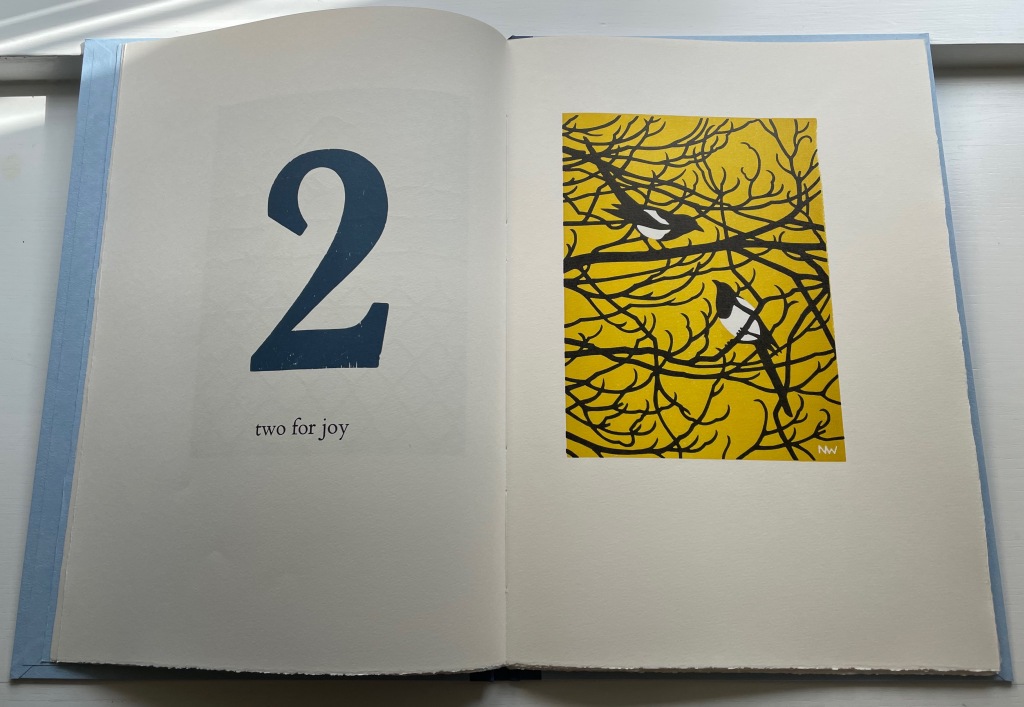
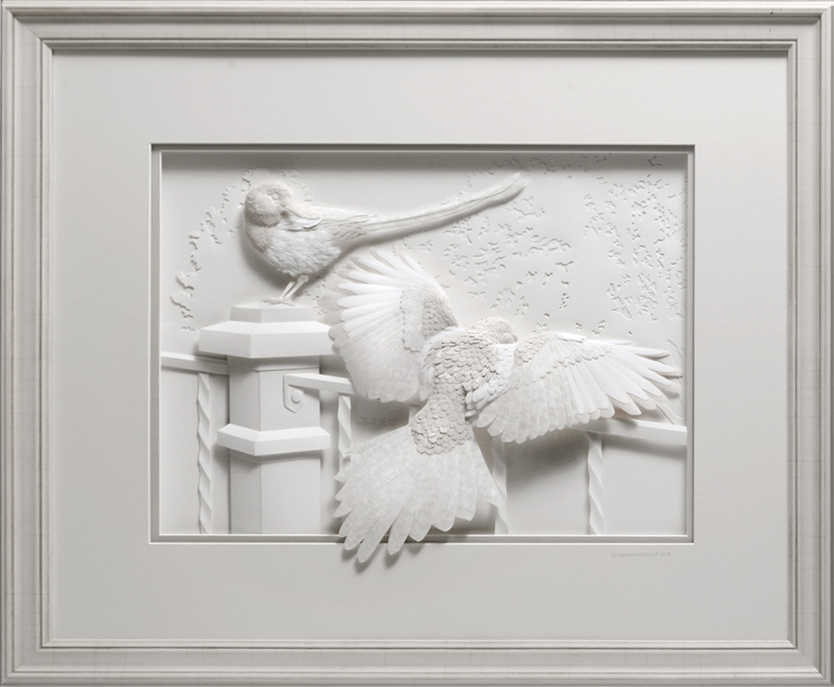
Iridescence(2016)
Calvin Nicholls
Acquired from the artist, 1 September 2016. Photo: Courtesy of the artist.
On the Incline Press website, Graham Moss and his team write:
Collective nouns … A parliament of magpies has to be a favourite, especially if you’ve heard a group of them cackling together in the Springtime. But we prefer the alternative, a charm of magpies, which certainly suits this poem better. It is one version of a folk rhyme which has many local variants, all superstitiously foretelling the future through random occurrence.…
Magpies are often known a thugs in the garden, stealing eggs and chasing off their more delicate rivals. As printers, though, we have a fondness for them because of their “ink on paper” plumage and their latin name pica pica, which recalls the printshop unit of measure.
In the interview under Further Reading, Wonham mentions Kurt Schwitters as a compositional influence, but in color and boldness, Joseph Crawhall‘s, William Nicholson‘s, C.B. Falls‘ and Christopher Wormell‘s alphabet books spring more to mind.
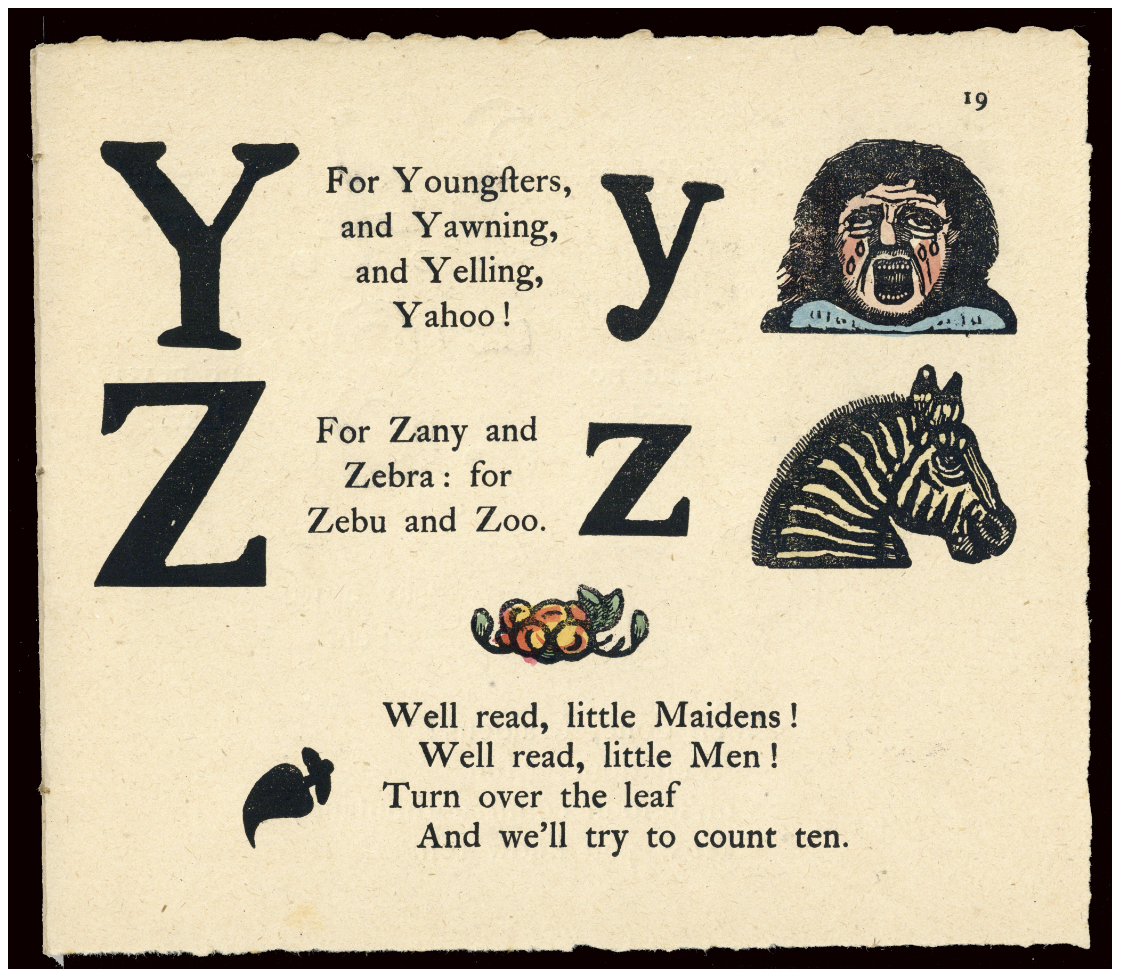
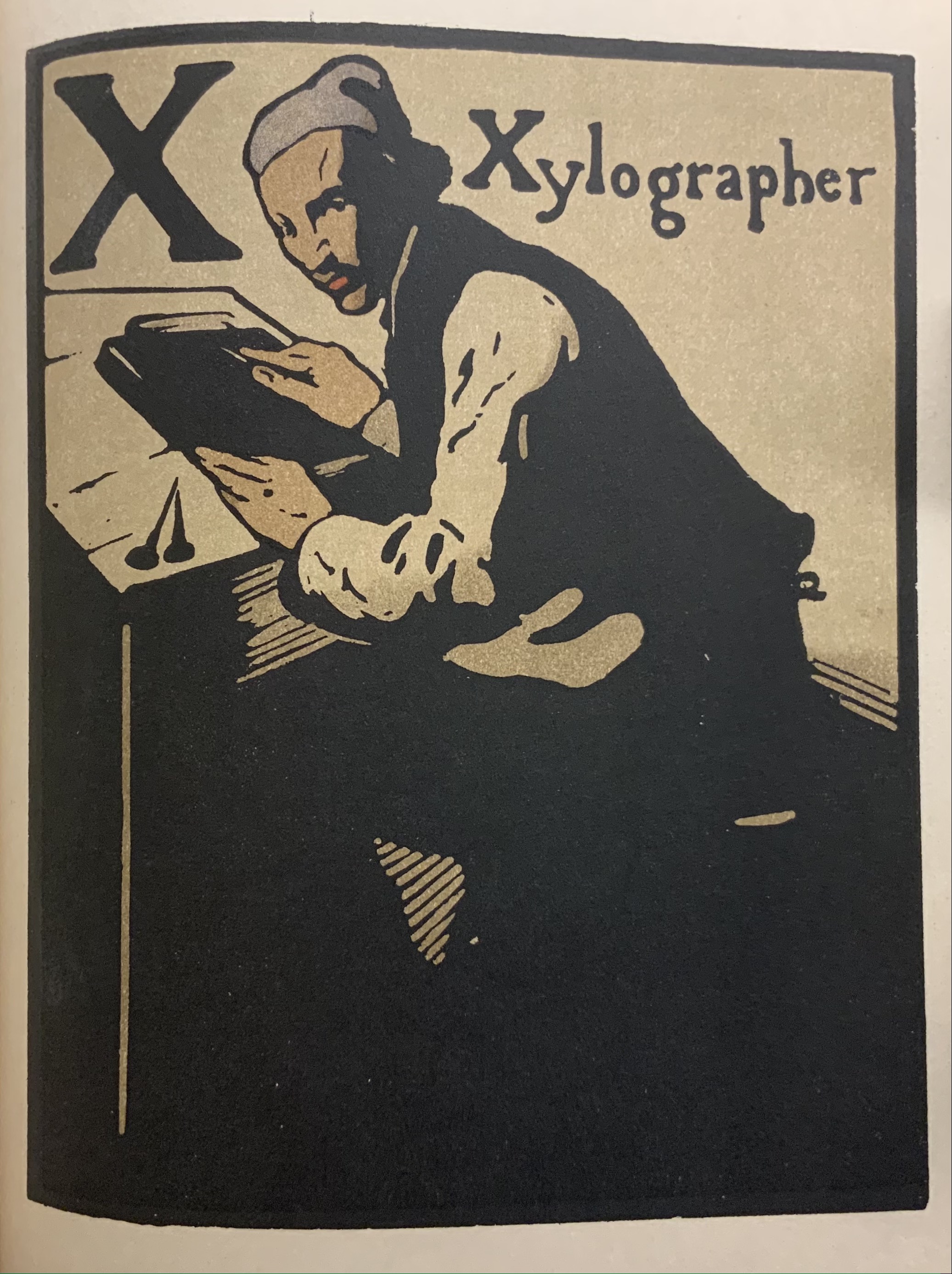


Left to right: Joseph Crawhall (1884), William Nicholson (1898), C.B. Falls (1930) and Christopher Wormell (1995).
As Moss and team point out on their site, the Oxford Dictionary of Nursery Rhymes does not include the magpies among the counting rhymes, which is odd with so many versions to be had. Birdspot, formerly British Bird Lovers, favors Nick Wonham’s chosen version. For magpies interested in shiny trivia, the site also provides a link to a BBC television program whose theme song was based on the magpie rhyme. It was “composed and played by the Spencer Davis Group under the alias The Murgatroyd Band, just after Steve Winwood had left to join the supergroup Blind Faith with Eric Clapton, Ginger Baker, and Ric Grech”.
And to note just one touch of Nick Wonham’s subtlety, here is the page before the colophon. In all the other images, the magpies are roosting. This one in flight is also the only one in black and white. A brilliant “The End”.
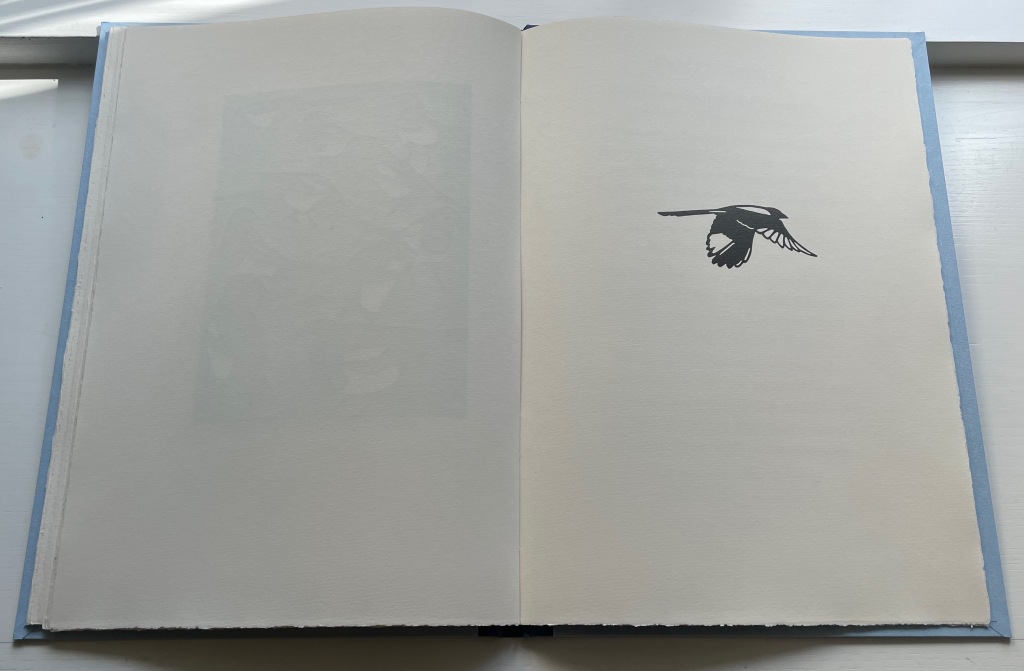
Postscript: In correspondence, the artist has provided further insight on influences and his handling of color:
A note on the colour – the biggest influence on this was Rigby Graham, whose work Graham Moss introduced me to through the Old Stile Press book Kippers and Sawdust. Graham had just printed my first book, which had black and white linocuts, and was trying to inspire me to try colour. It worked; I was blown away by the majestic woodcuts and aspired to create books in a similar vein. Rigby liked an unusually coloured sky, he also liked to position his illustrations through the book so that the colours of prints on adjacent pages contrasted with each other to create dynamism and visual interest, something I have attempted in my book. Correspondence with Books On Books Collection, 9 September 2022.
Wonham also adopts and owns a compositional feature from Rigby Graham’s Kippers and Sawdust: the juxtaposition of the mechanical and the natural. His ownership is particularly apparent in his setting for the rhyme’s seventh verse.
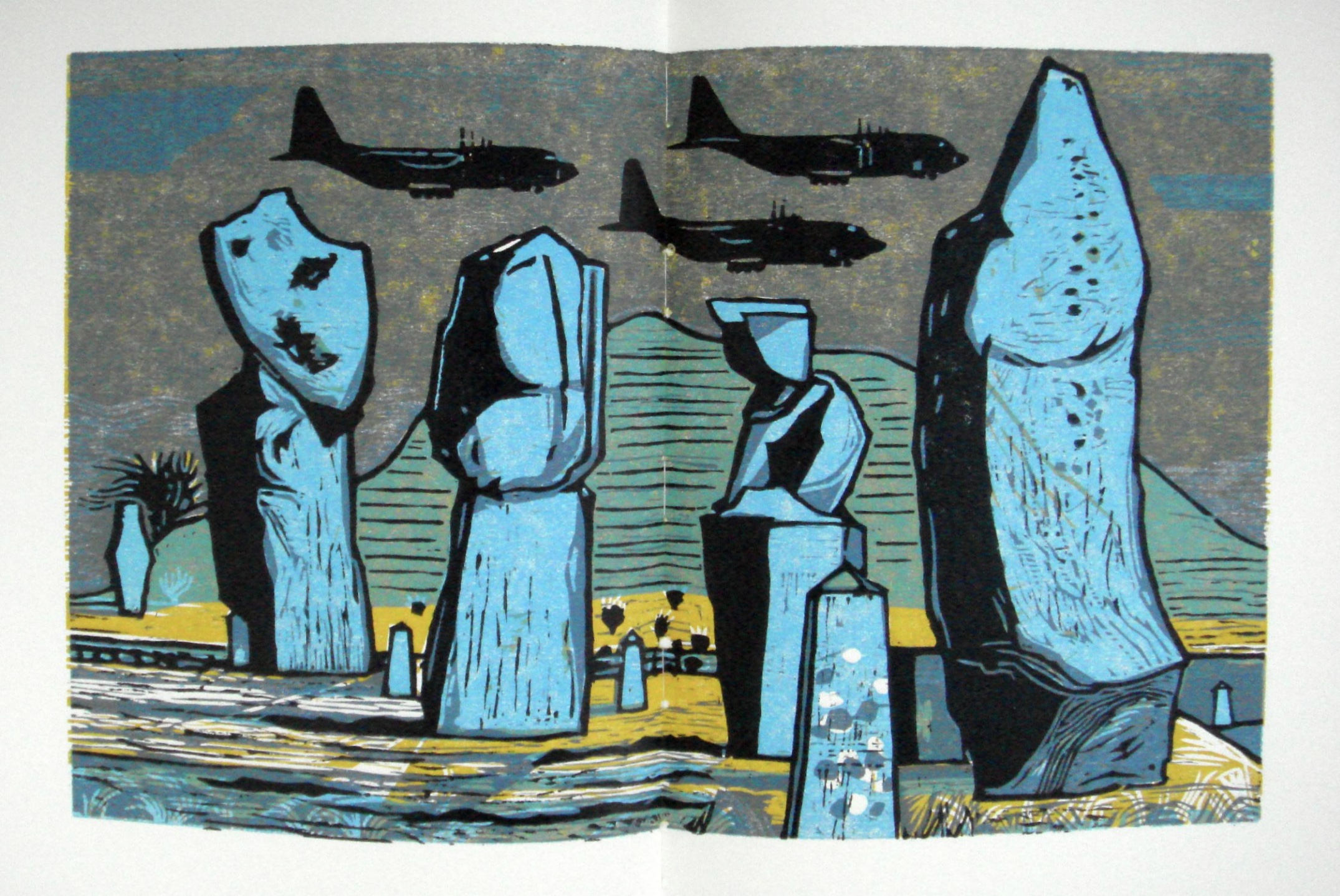

Rigby Graham’s flight formation over a landscape (from 2022 Provincial Booksellers Fairs Association);
Wonham’s surveillance cameras for a perch.
Further Reading
“Enid Marx“. 1 August 2022. Books On Books Collection.
“One For Sorrow … Magpie Nursery Rhyme“. November 2020. Birdspot. Accessed 5 August 2022.
Campbell, Gordon. July 2008. “Rigby Graham – Doctor of Letters – Artist“. University of Leicester, News and Events. Accessed 10 September 2022.
Nicholls, Calvin. 2005. Paper sculptures, 1995-2005. McHenry, IL: Follett Library Resources.
Opie, Iona Archibald, and Peter Opie. 1951. The Oxford dictionary of nursery rhymes. Oxford: Oxford UP.
Young, Richard. 15 December 2016. “Meet artist Nick Wonham“. Great British Life. Accessed 1 August 2022.
